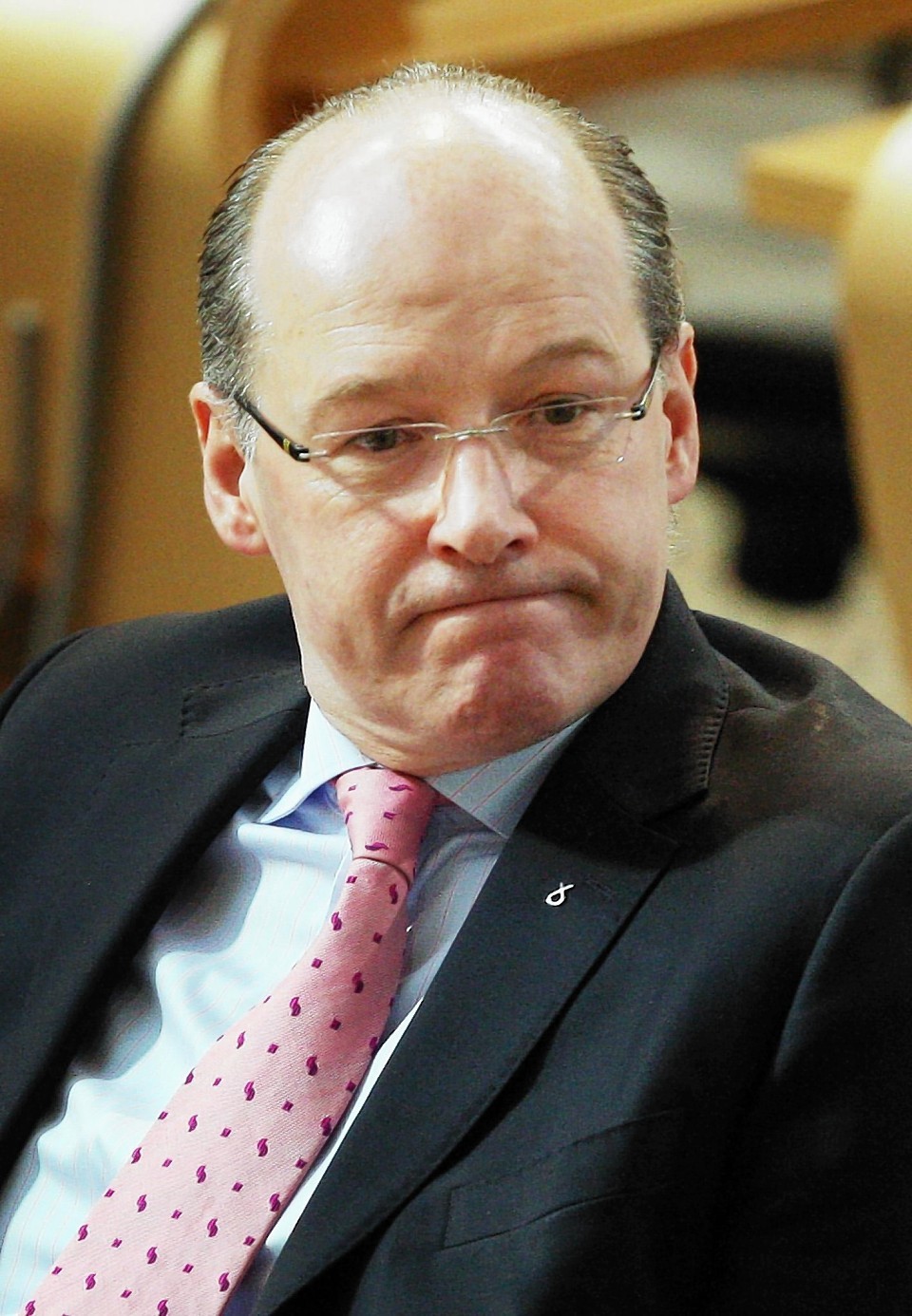A watchdog has raised doubts over whether Scotland will be ready to start collecting its new taxes in time for the beginning of the financial year.
Audit Scotland said delays in hiring staff and procuring an IT system mean it could take longer and cost more to process the taxes.
Labour blamed the SNP for diverting civil servants to the independence referendum campaign rather than concentrating on setting up the new tax collection agency, Revenue Scotland.
“This reports blows a hole in any credibility the Scottish Government had left,” Labour finance spokesman Iain Gray declared.
But the Scottish Government insisted that Revenue Scotland was “on track” to manage tax collection by April 1, 2015.
Under the Scotland Act 2012, Edinburgh will get new revenue raising powers from April, including the Land and Buildings Transaction Tax (LBTT), which replaces the current stamp duty, and the Scottish Landfill Tax.
Audit Scotland said the government had established clear structures for managing the new set up and plans were now well developed for implementing the devolved taxes.
However, there had been delays in putting the required staff in place and in procuring the IT system needed to collect and administer the taxes, it said.
“These delays have increased the risk that the IT system may not be fully functioning by April 1, 2015 and that Revenue Scotland won’t have the required operational expertise in place by then,” it said.
“This could result in tax payments taking longer to process and increased costs of collection.”
Audit Scotland added Revenue Scotland will have to decide this month whether to implement contingency plans but this could bring “reputational risks” for the agency.
Tory finance spokesman Gavin Brown called on Deputy First Minister John Swinney to make a statement to the Scottish Parliament, adding: “The findings in this report are alarming.”
Mr Swinney insisted recruitment and development of the IT system were on track for the roll-out of tax collection in four months time.
“We are closely monitoring Revenue Scotland’s progress ahead of its go-live date in April,” he said.
“I am confident we have robust plans in place to ensure smooth delivery of the service and it is heartening to see this thorough planning acknowledged by Audit Scotland.”
Liberal Democrat MSP Tavish Scott said: “The SNP cannot afford to bungle one of the most significant authorities launched in Scotland since the Scottish Parliament.”
